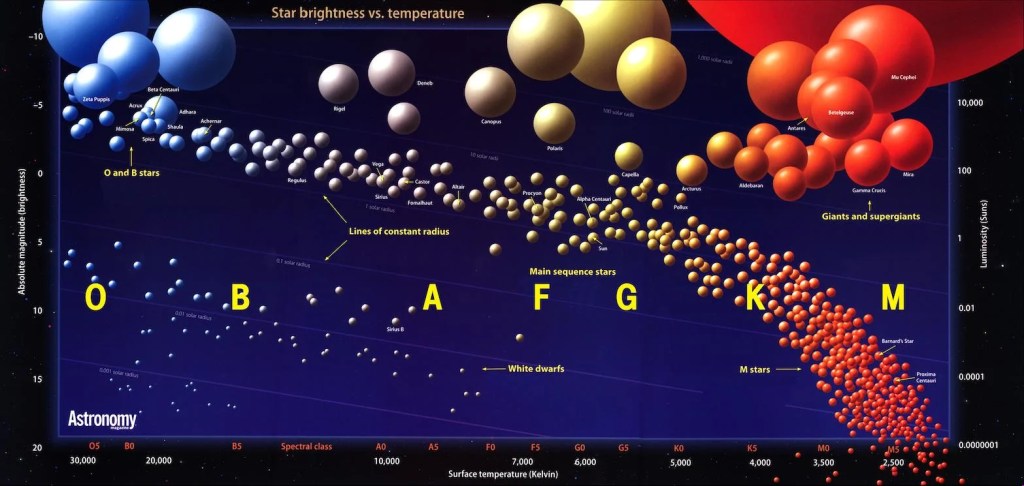absolute bolometric magnitude
-

Star Types Demystified
By now, I’ve introduced you to a lot of different ways to classify stars. Months ago, I talked about the different spectral classes — O, B, A, F, G, K, and M. Even before that, I told you about apparent visual…
-

The Starlight We Can’t See
Find yourself a dark, unpolluted night sky on a clear night free of clouds, and you are very likely to look up into the heavens and see a sight quite like this. It’s what we see of the Milky Way,…
